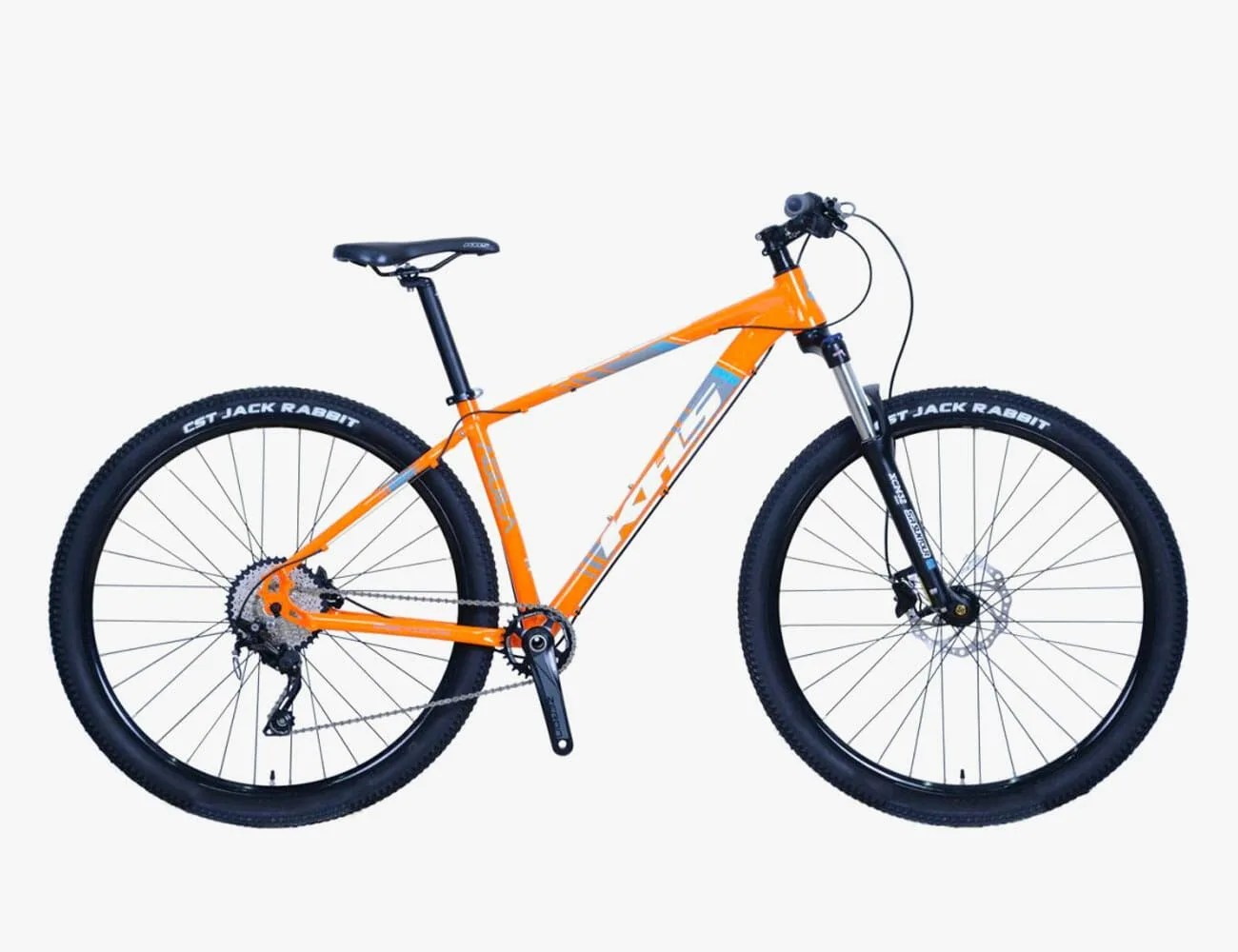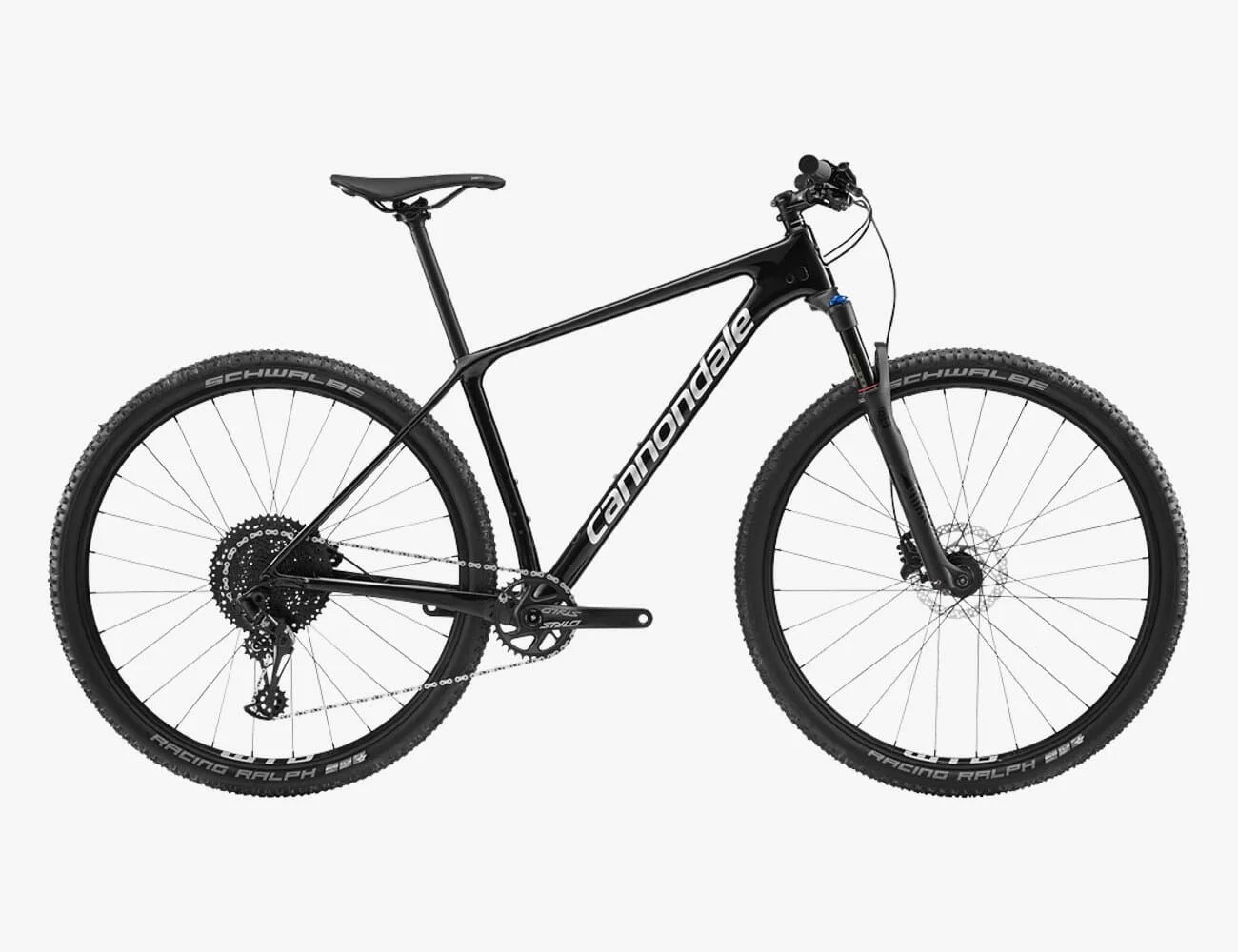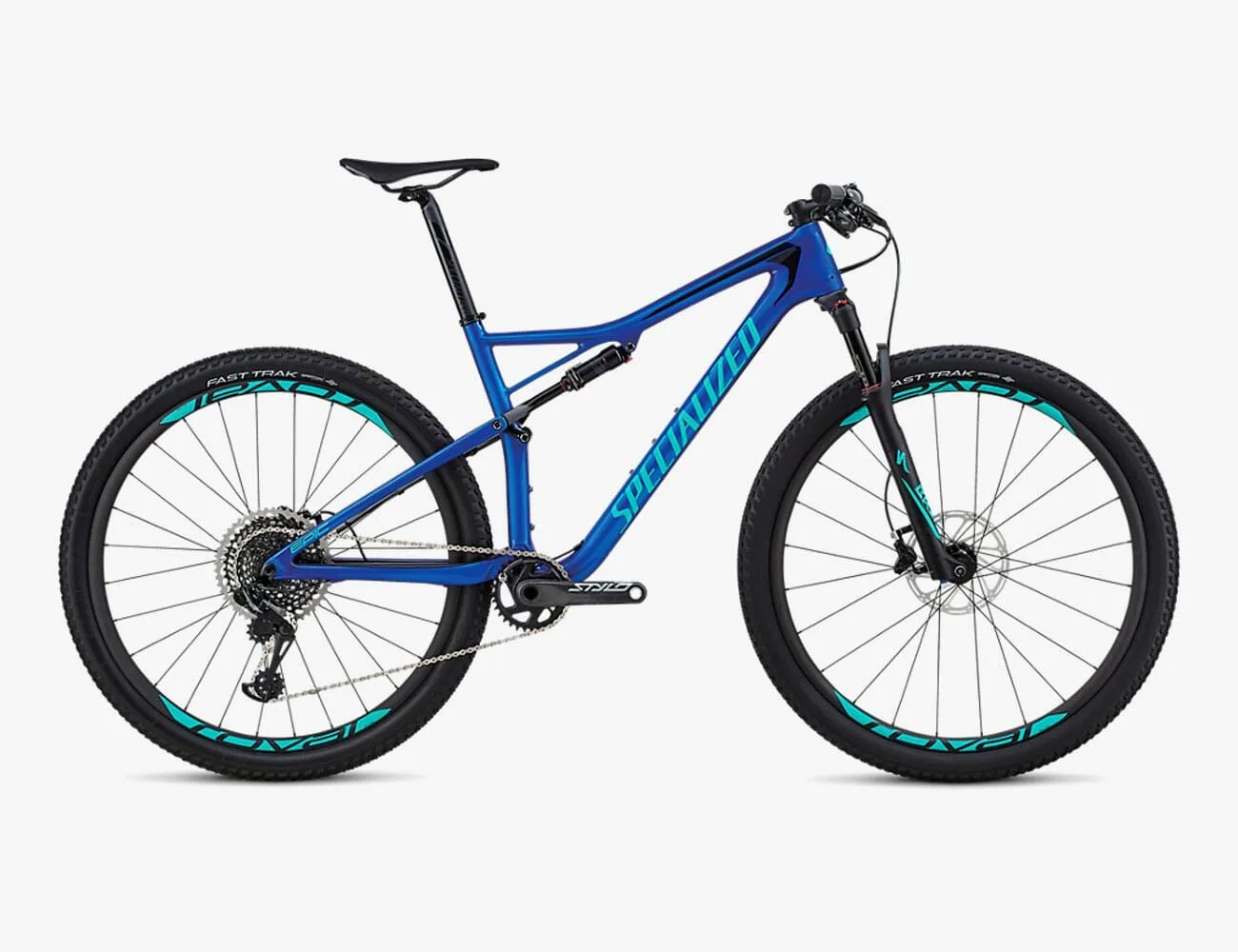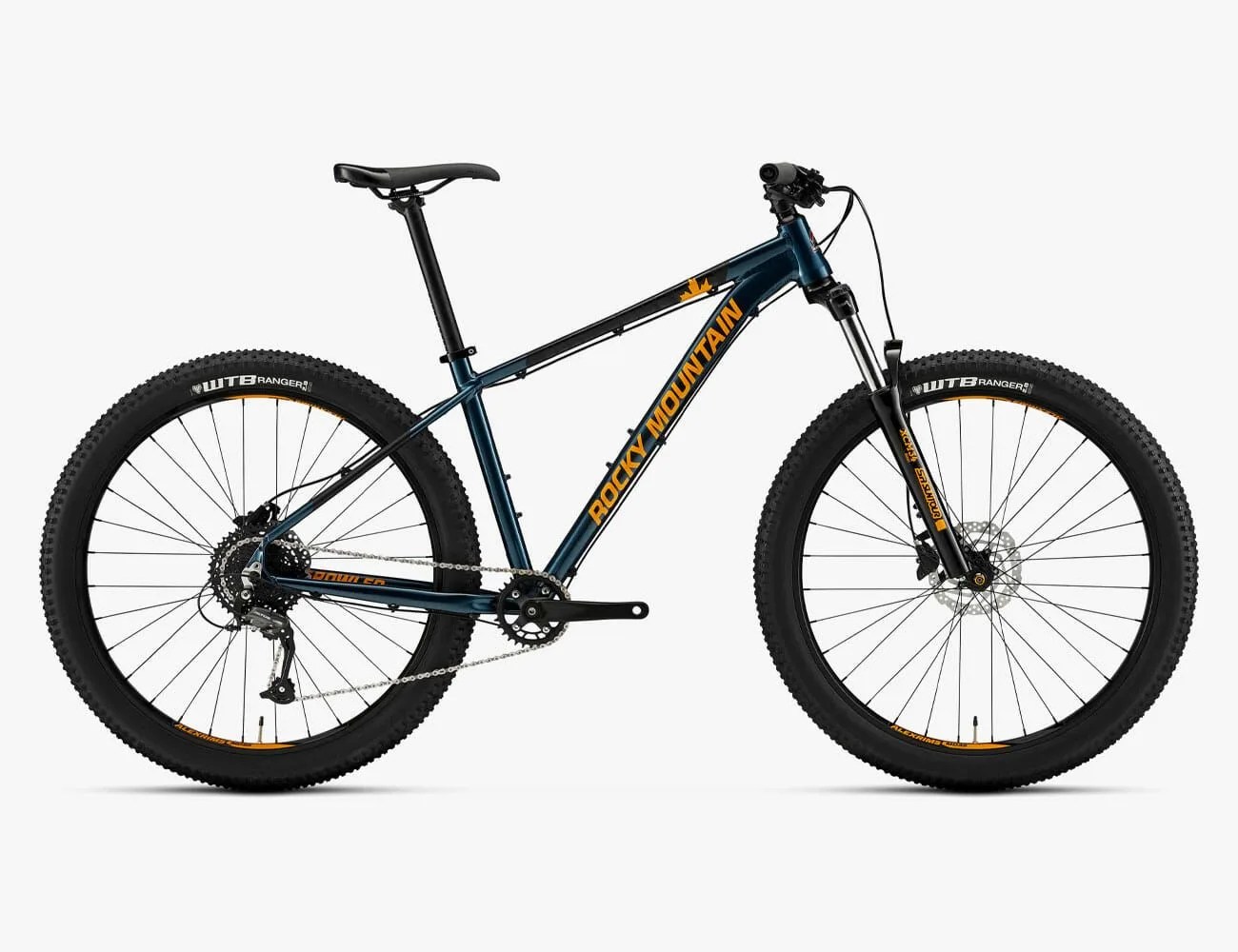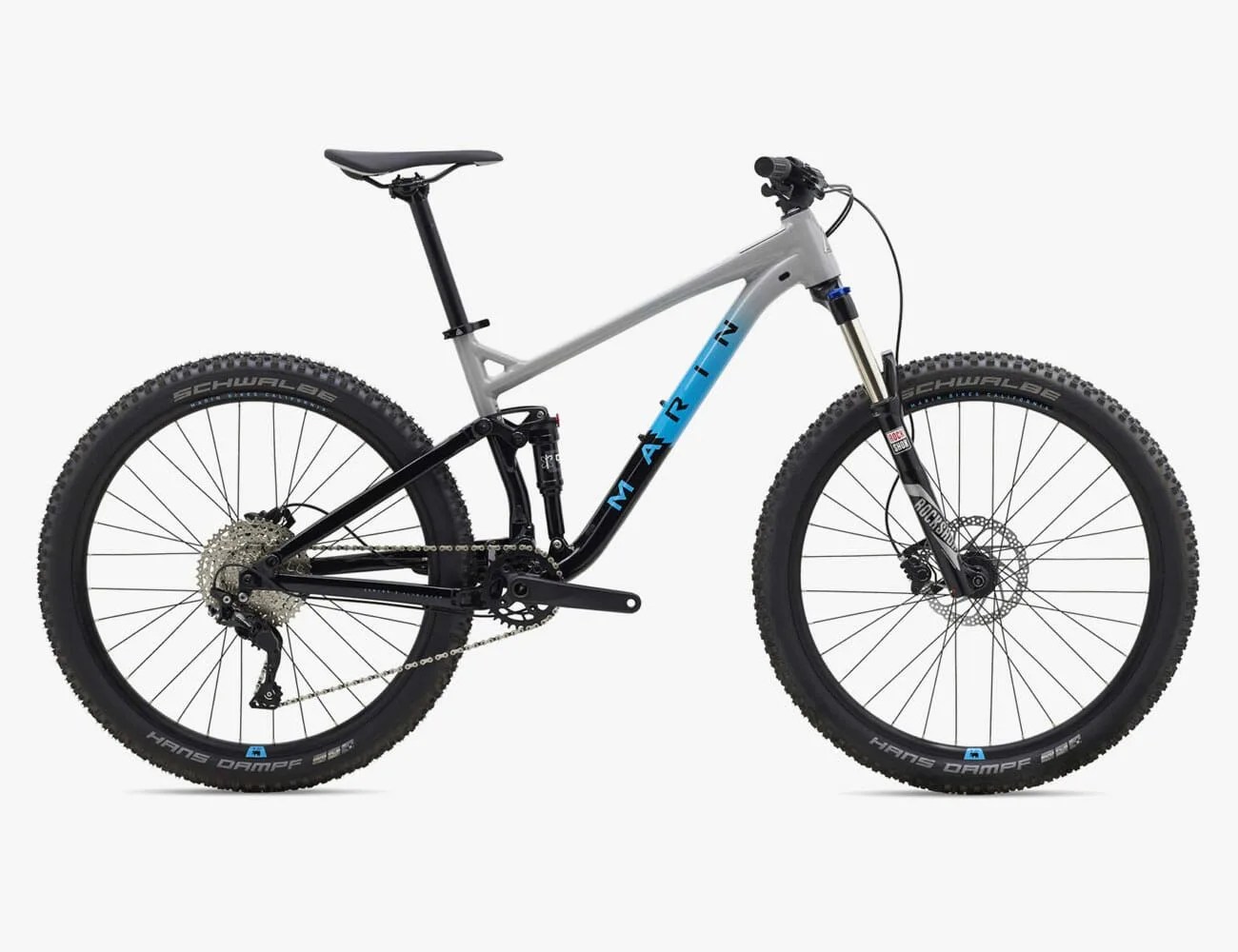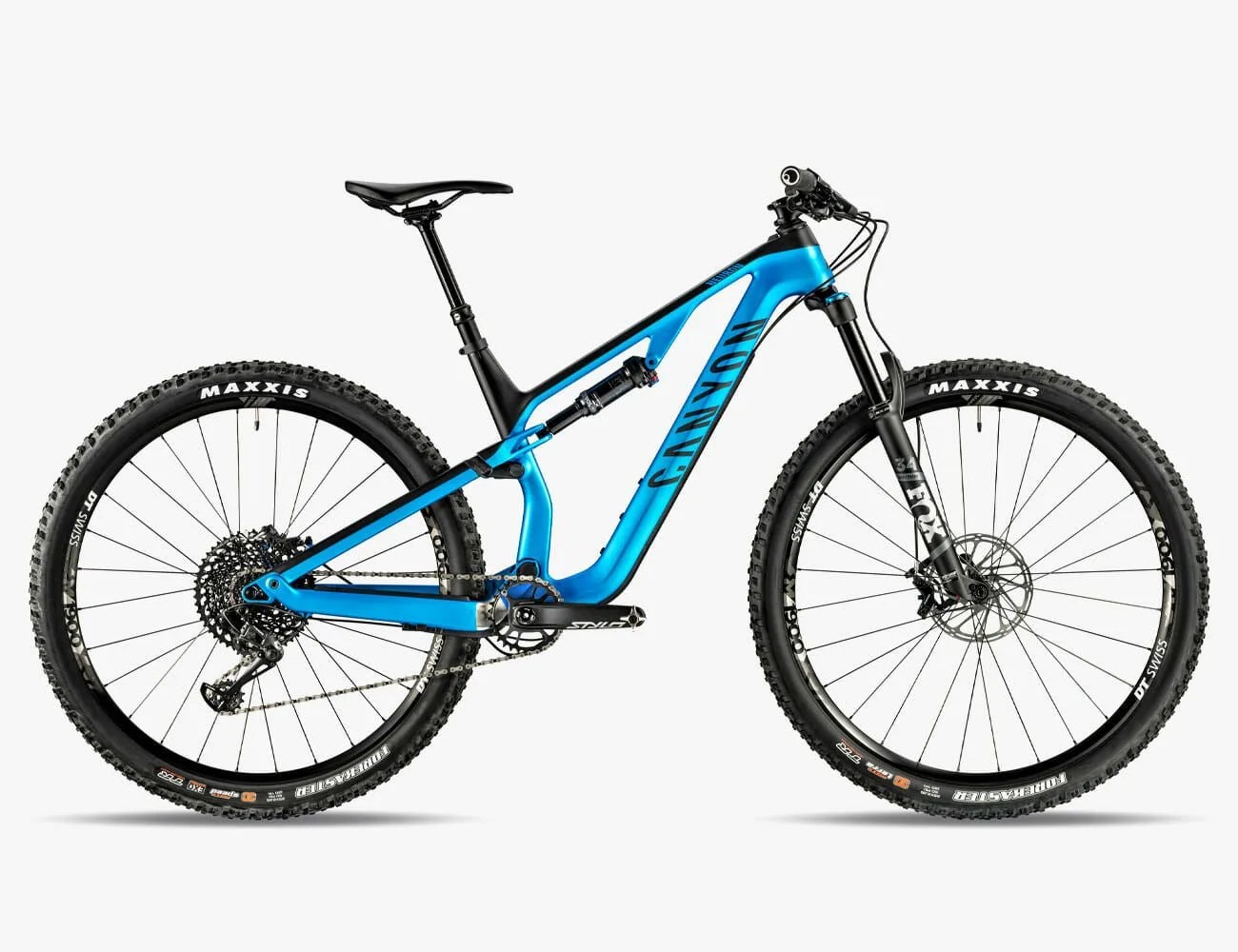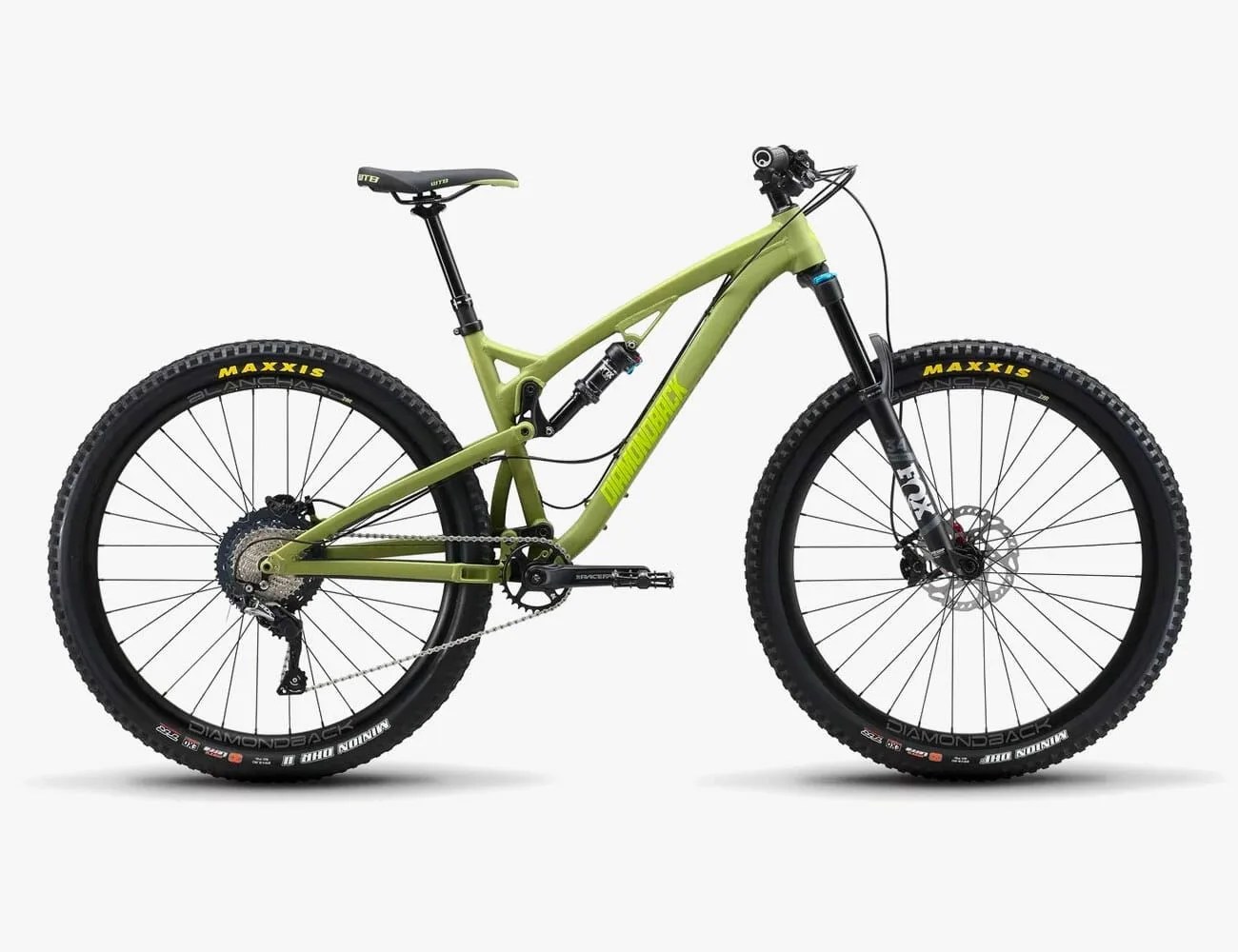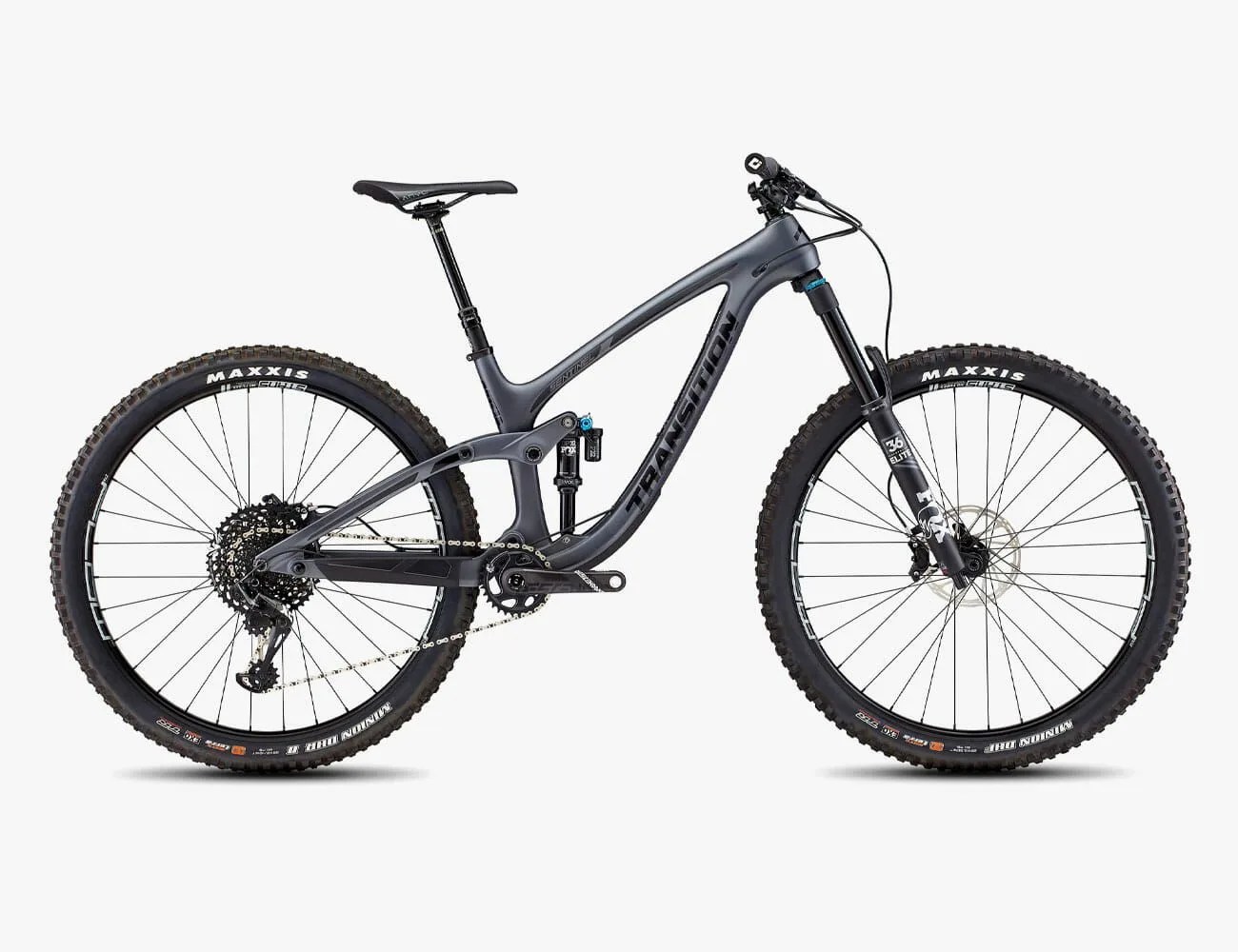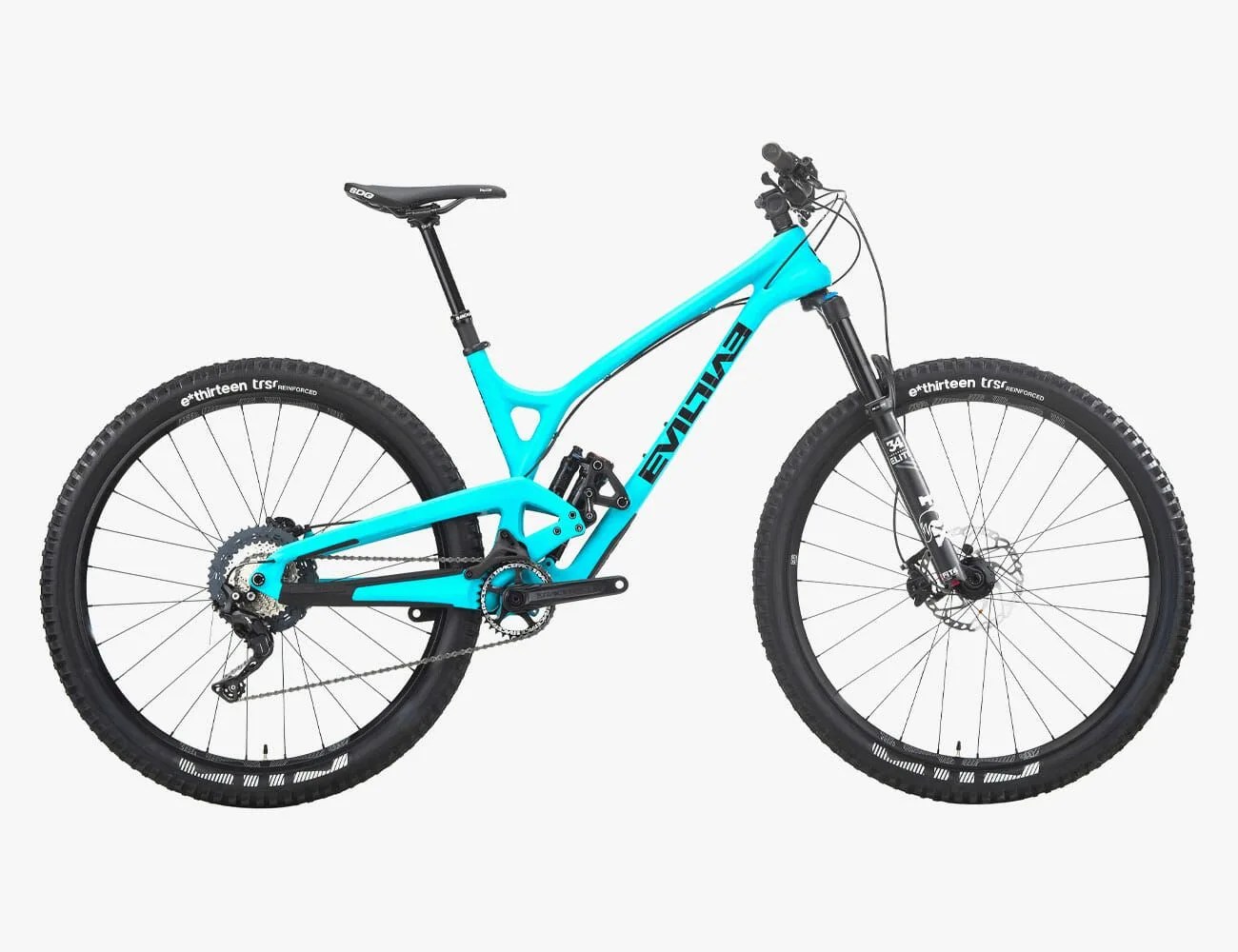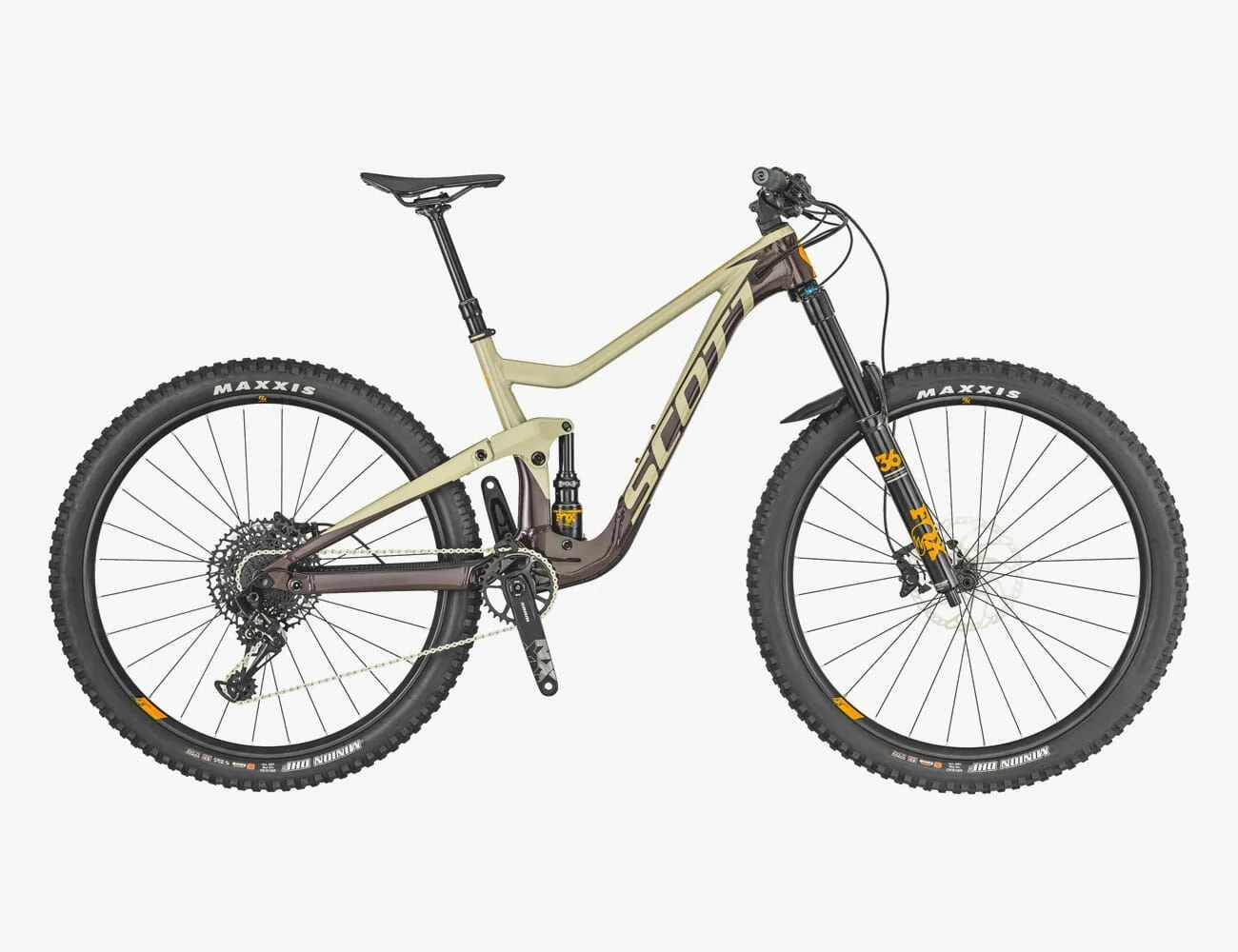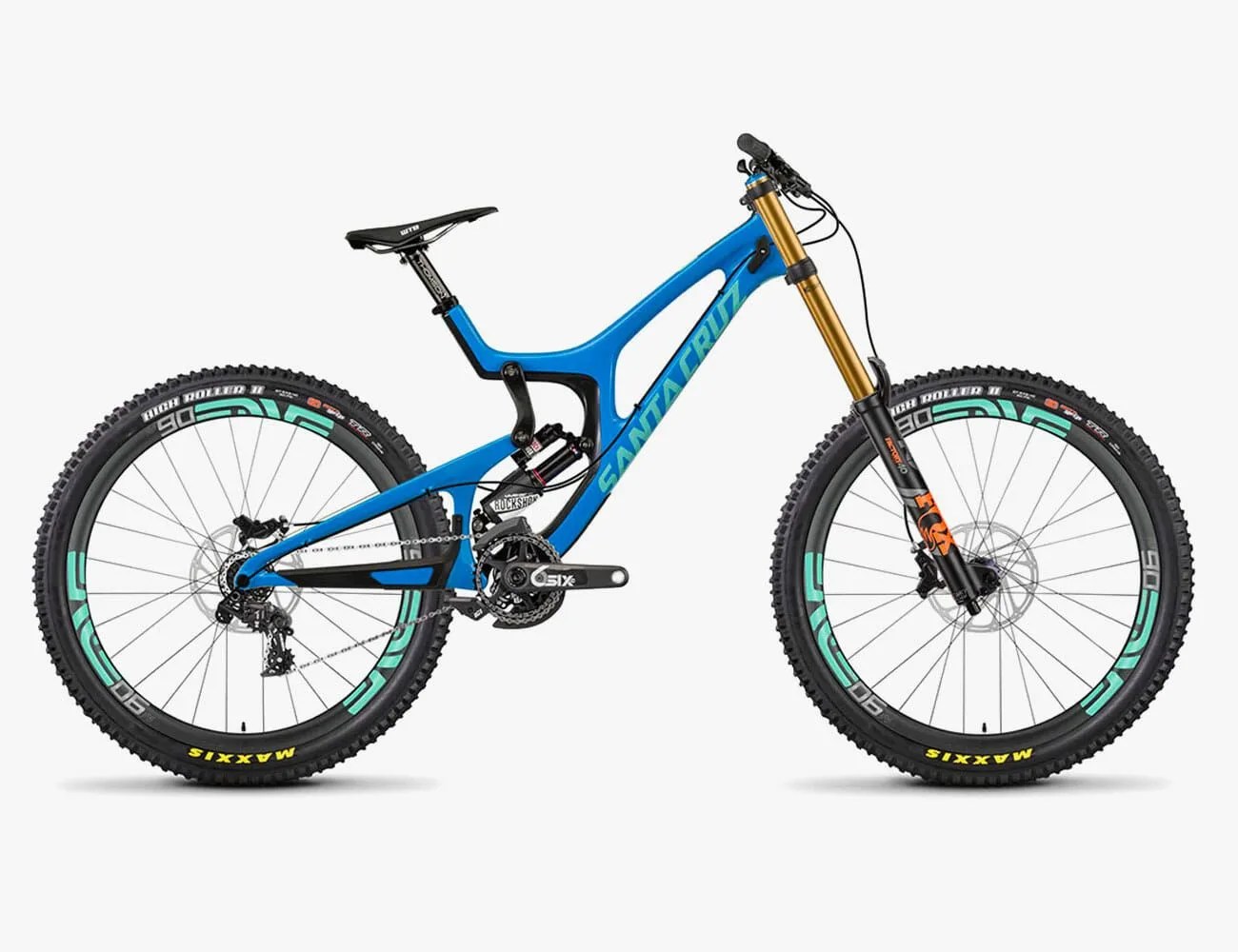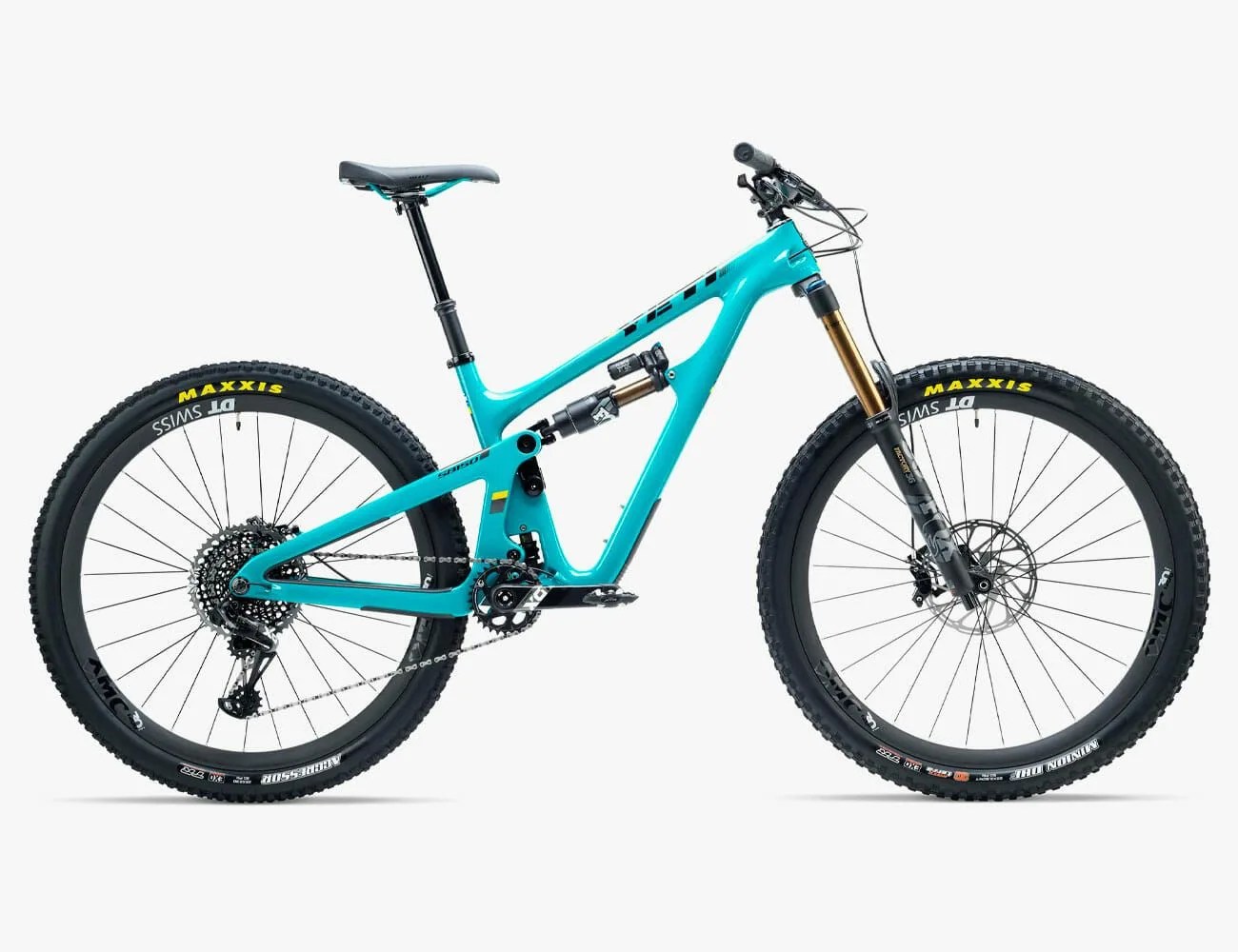Hardtail vs. full suspension?
Hardtail bikes (those that have suspension in the front but not the rear) are typically more affordable than comparable full-suspension bikes. However, they’re not always lighter. Many hardtails come with fatter, heavier tires that, when run at low pressure, supplement the bike’s suspension on the trail, which helps you control the bike over rocky trails or a few too many potholes.
Do I need a dropper post?
If you’re riding single track and your bike doesn’t come with a dropper, add one. A dropper post lowers your center of gravity for descents and will significantly reduce the likelihood of OTB (over the bars) dismounts (a.k.a. a crash or fall, definitely not how you want to end the day).
What’s the difference in components?
Brakes, derailleur, chain, shifters, chain rings and cassette all comprise a bike’s drivetrain. As you climb in price, drivetrains become lighter and more durable, as well as more precise. The great news is that some of the features that were only available in the highest end drivetrains, like a 12-speed rear cassette, are now available at nearly all price points. Most bikes are available with a couple of frame options, and a range of component levels to choose from (called the spec), so that riders can find a bike that fits their budget and riding style.
Should I buy a carbon bike?
Carbon is lighter and better at absorbing shock than alloy or aluminum. It’s also generally more expensive. Carbon is easier to repair than aluminum.
Once I get my bike, how do I care for it?
Keep your drivetrain lubed by applying a bicycle-specific lubricant — one drop on every second link — when the chain seems dry or dirty. Let the lube soak in overnight, then run the chain through a rag in your hand to wipe off excess grease and dirt. Have a shop service your shock and change that oil annually. Take your bike for a tune-up and get your brake pads and cables checked at the same time.
Should I buy online or buy from a shop?
Direct to consumer brands, like Canyon, Diamondback and YT give riders a great value at the time of purchase. Eliminating the bike shop means those brands pass on savings to you. On the flip side, that also means you need to assemble the bike yourself and anything you want to customize is an extra cost sold separately. Sans bike shop, you won’t be able to ride the bike in advance to make sure it fits and feels good unless you’re able to try one at a demo. Many bike shops offer these tryouts to prospective purchasers, so you know what you’re getting before you take the time to purchase and build. Buy your bike at a shop and you get customer service, support in getting the suspension dialed, a free tune-up once cables have stretched — and the feel-good of keeping dollars in your community.
Buying Guide
The Best Mountain Bikes of 2019
The Best Cross Country Bikes
- Good: KHS Aguila
- Better: Scalpel FSI Carbon 5
- Best: Specialized Epic Pro

